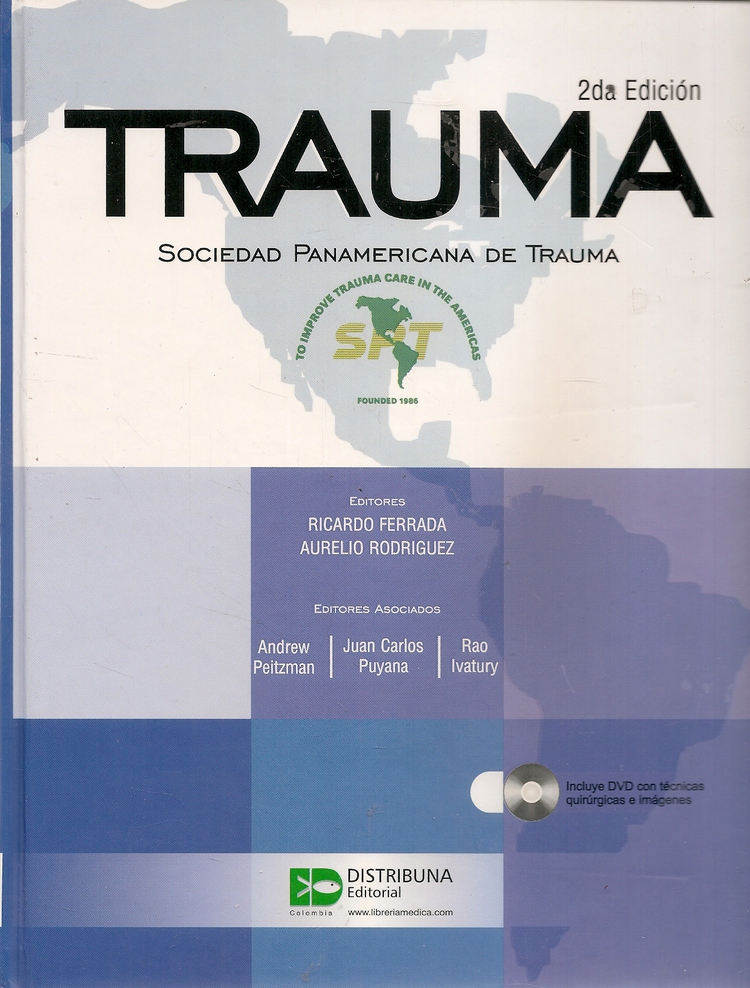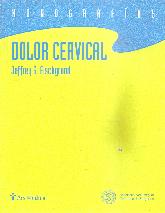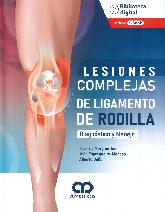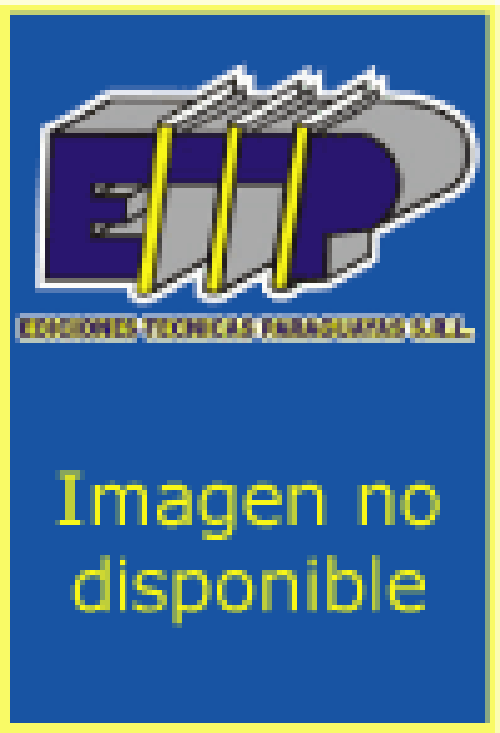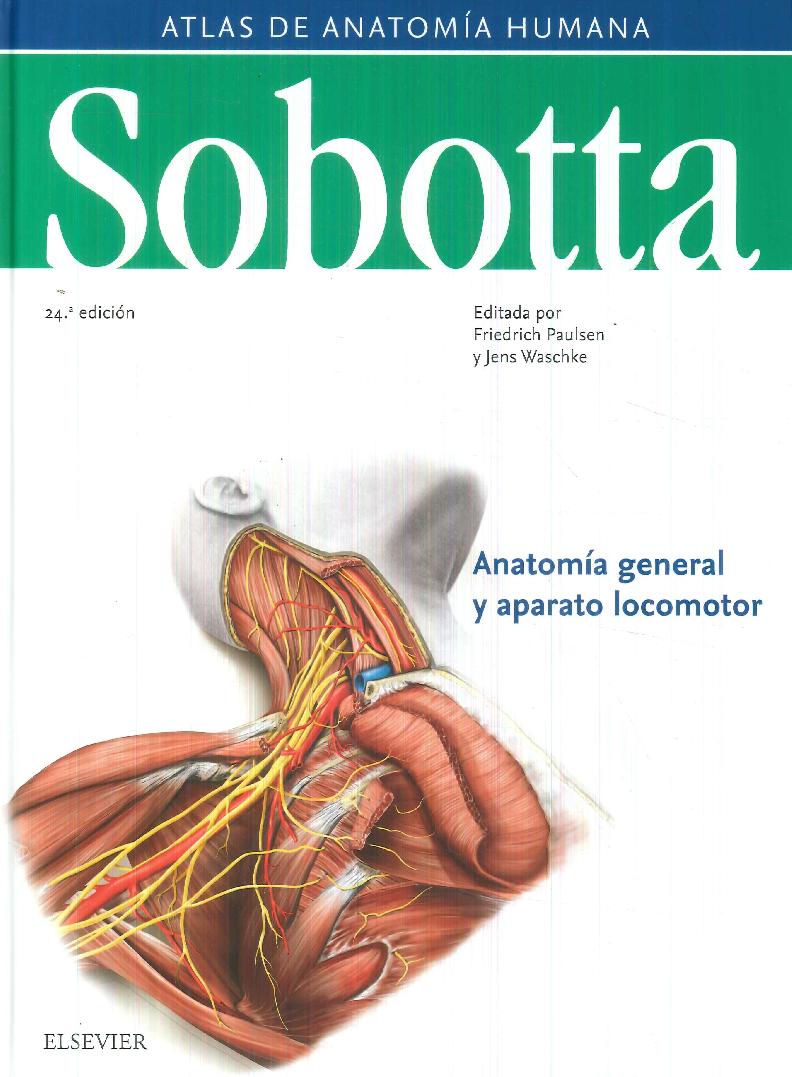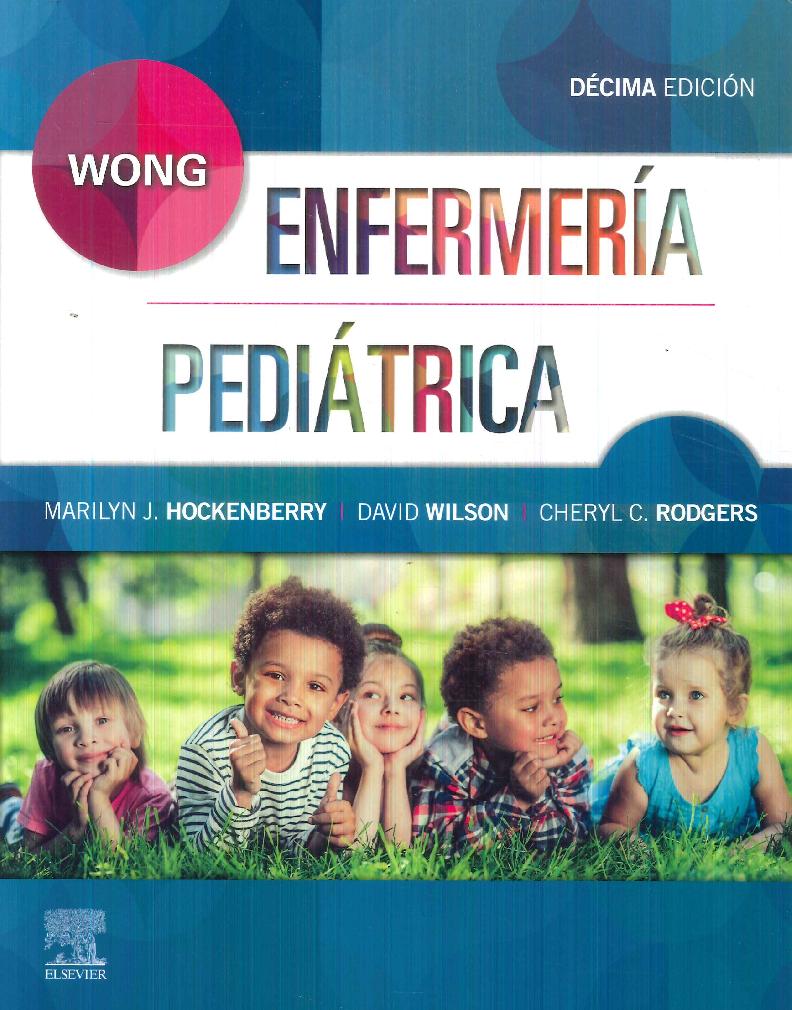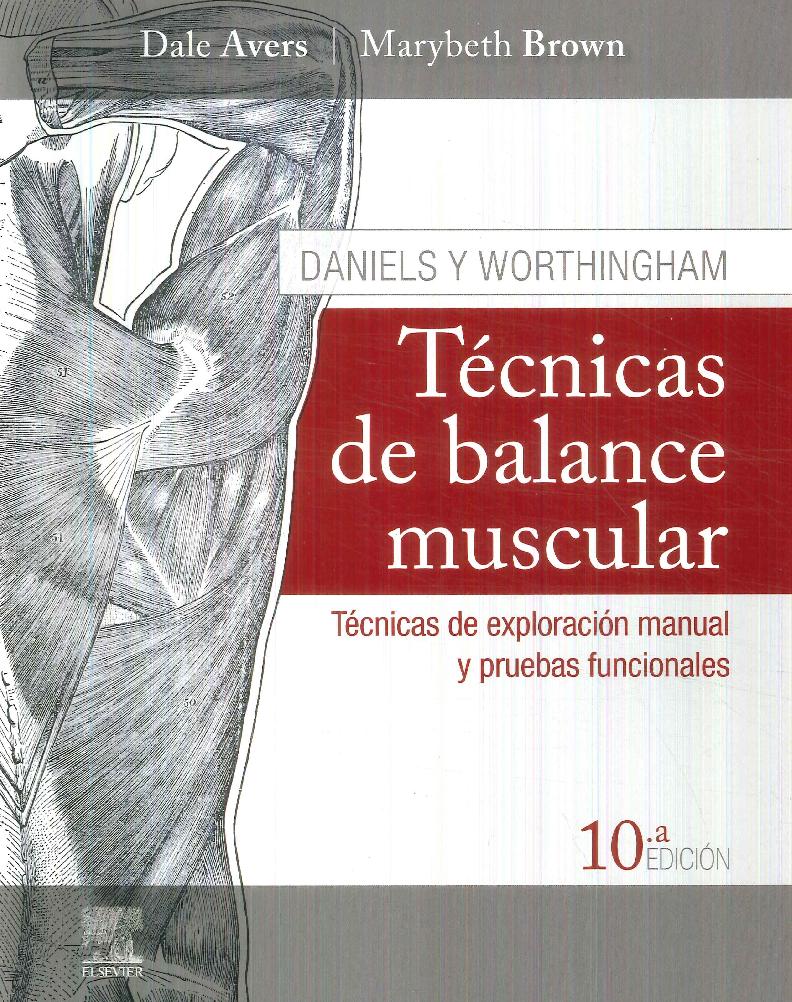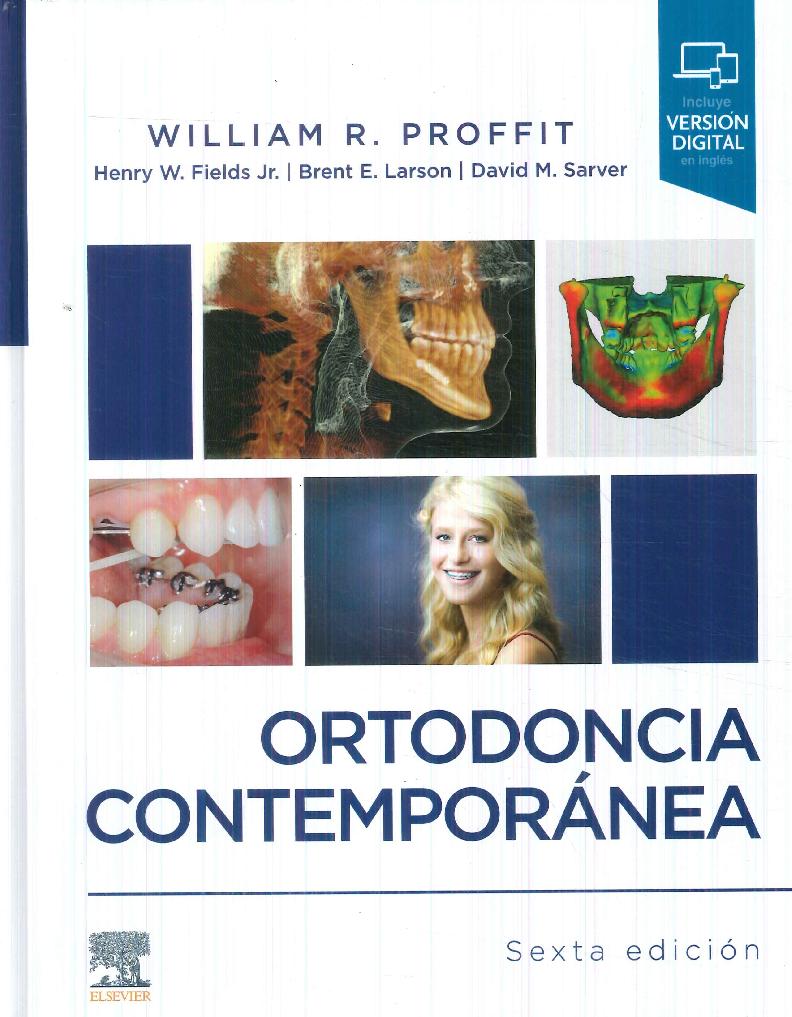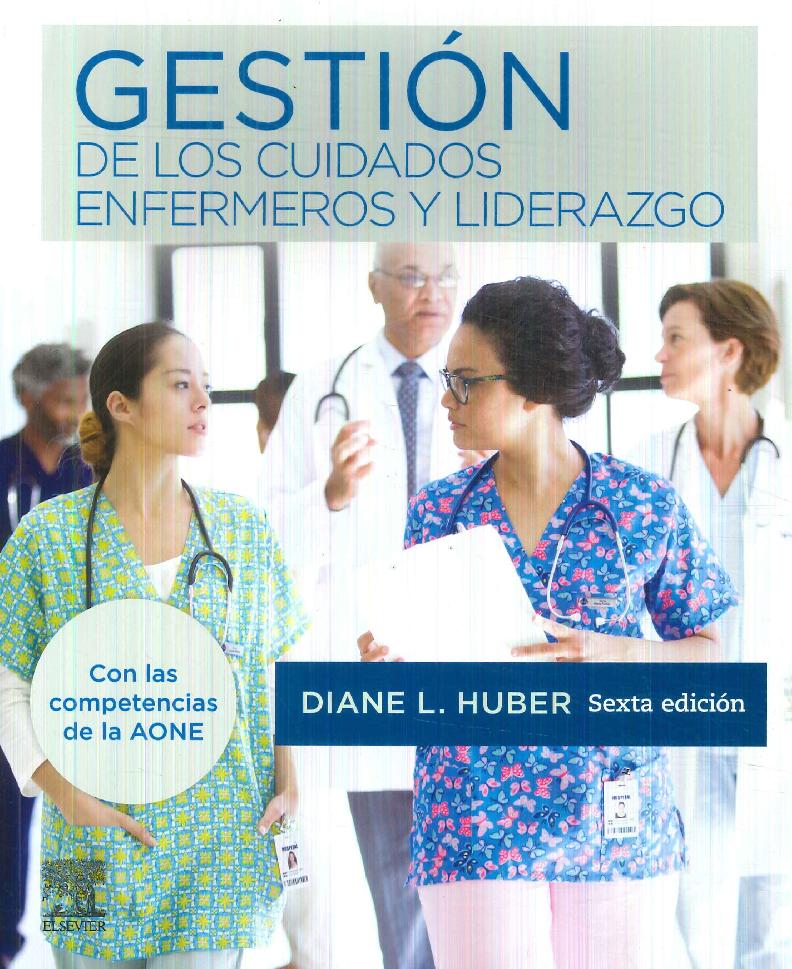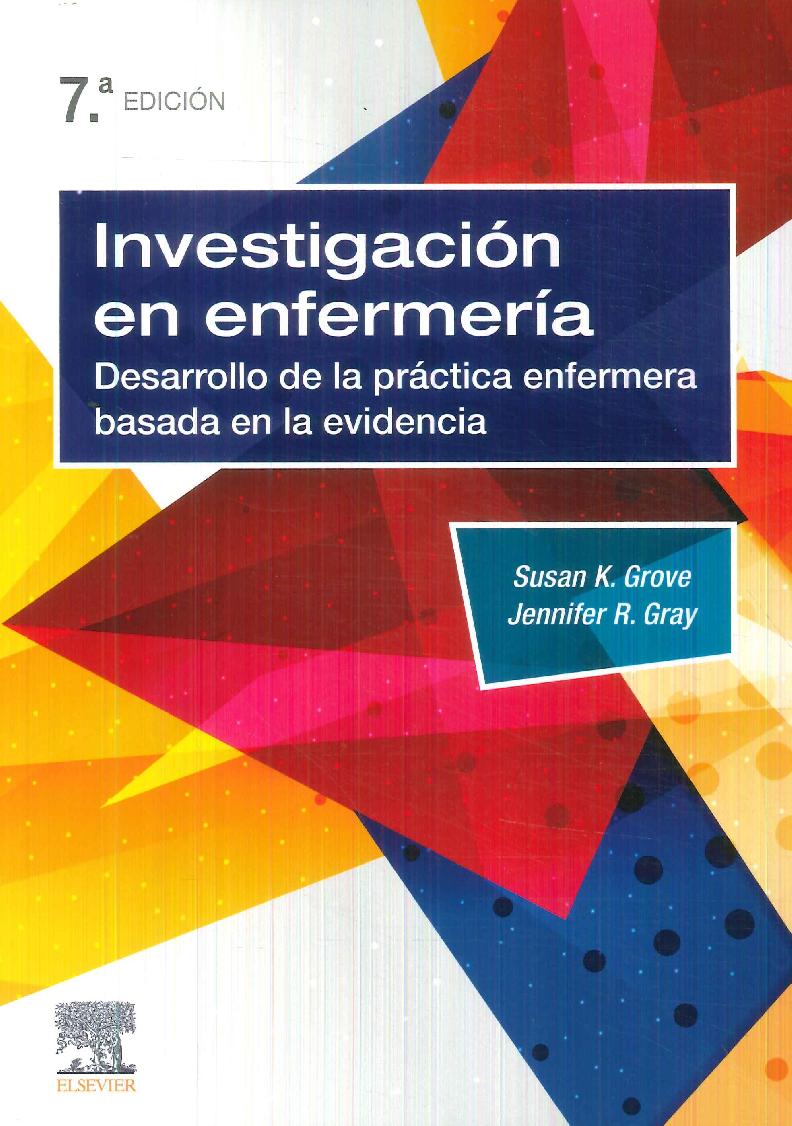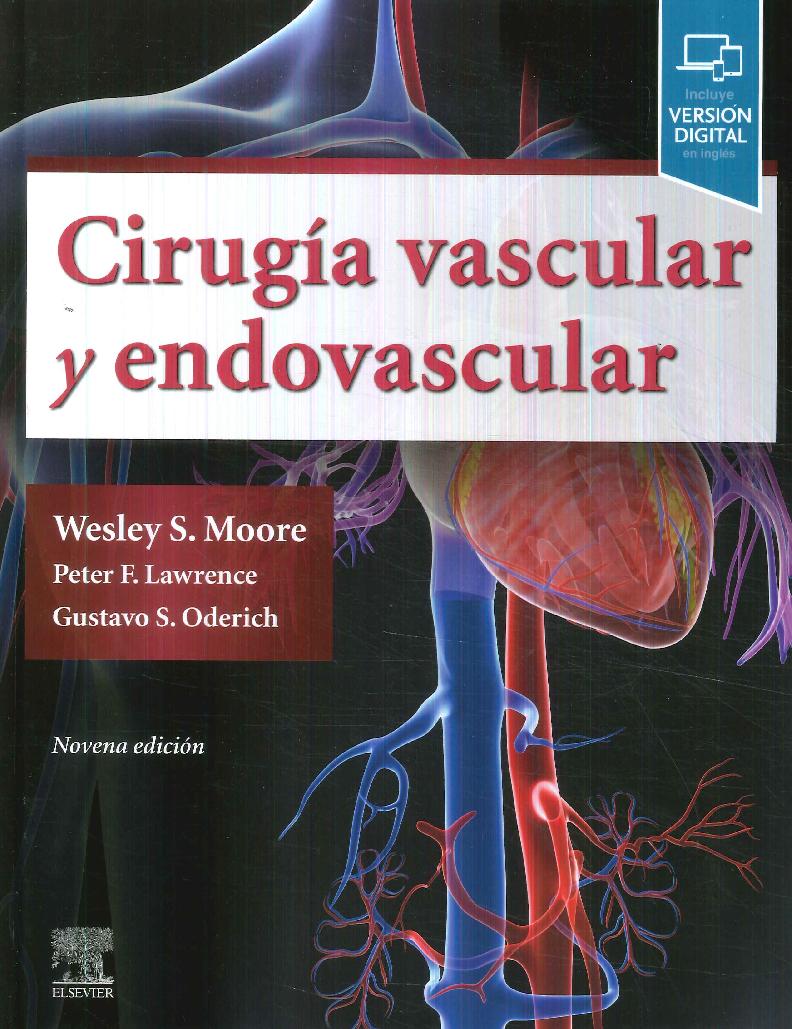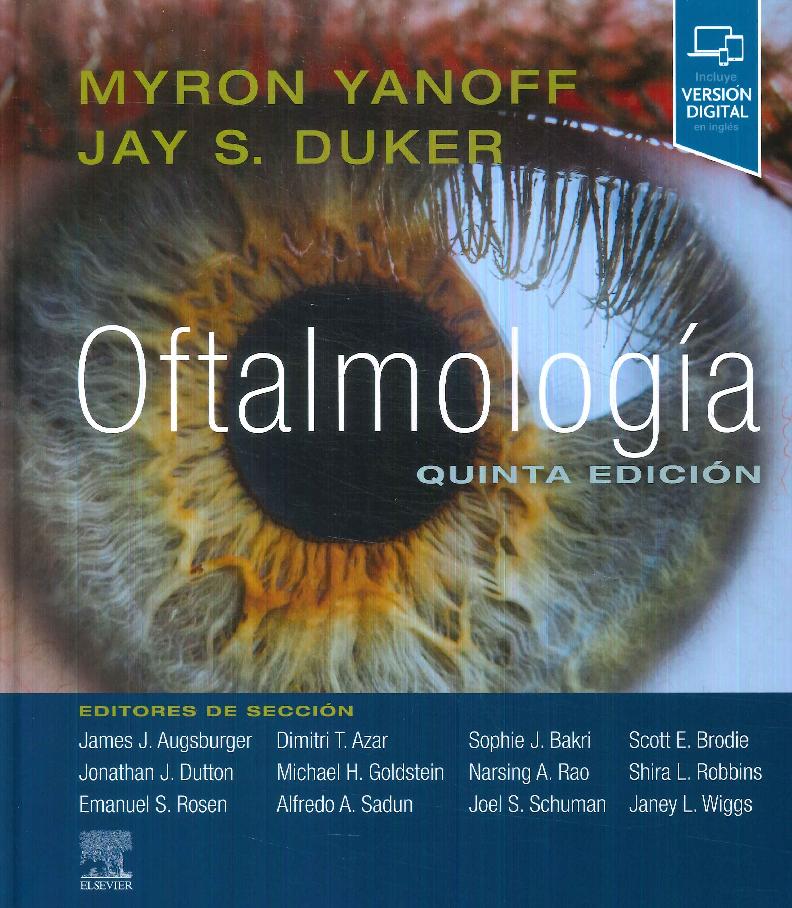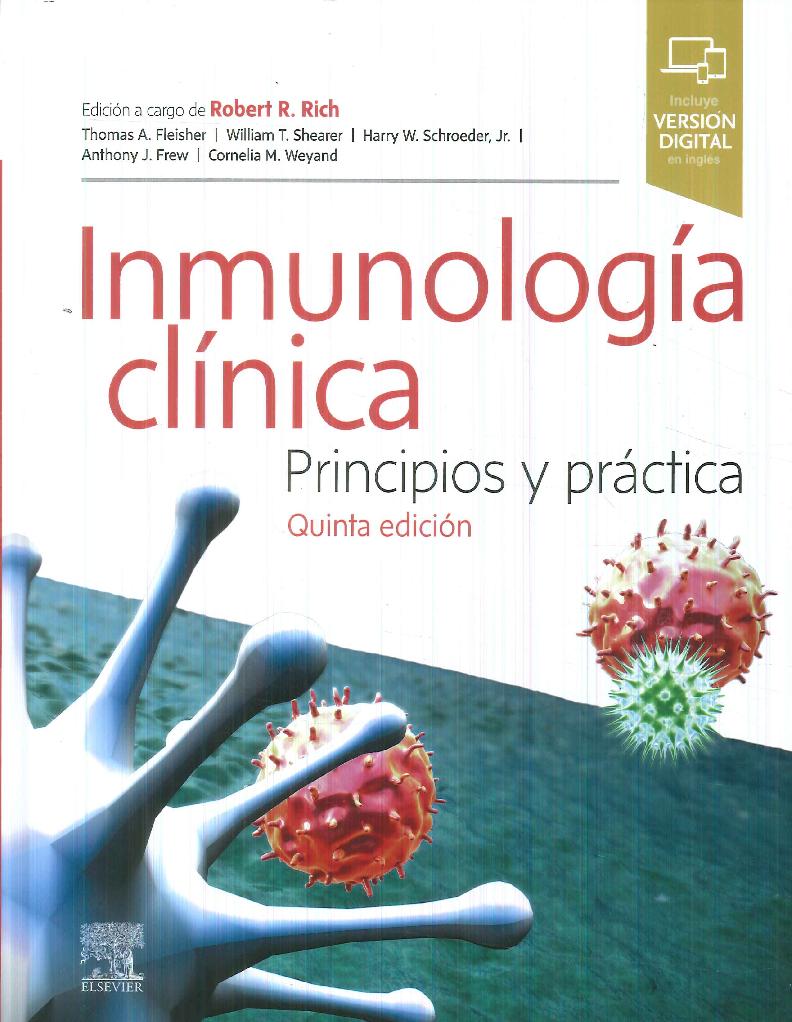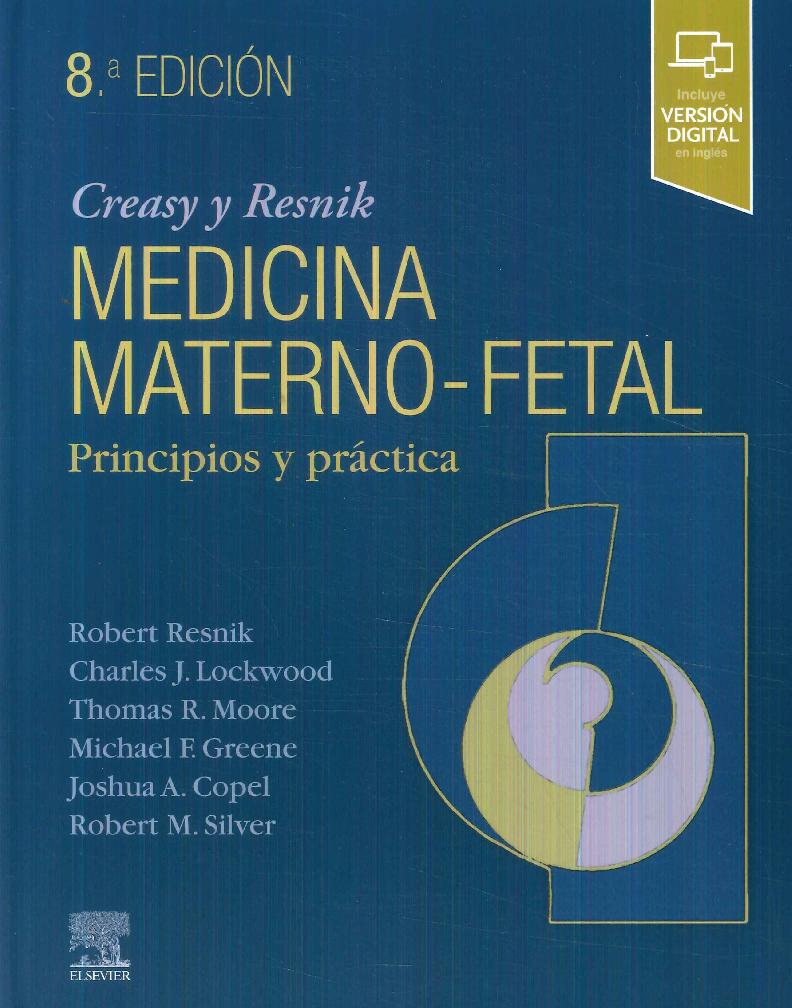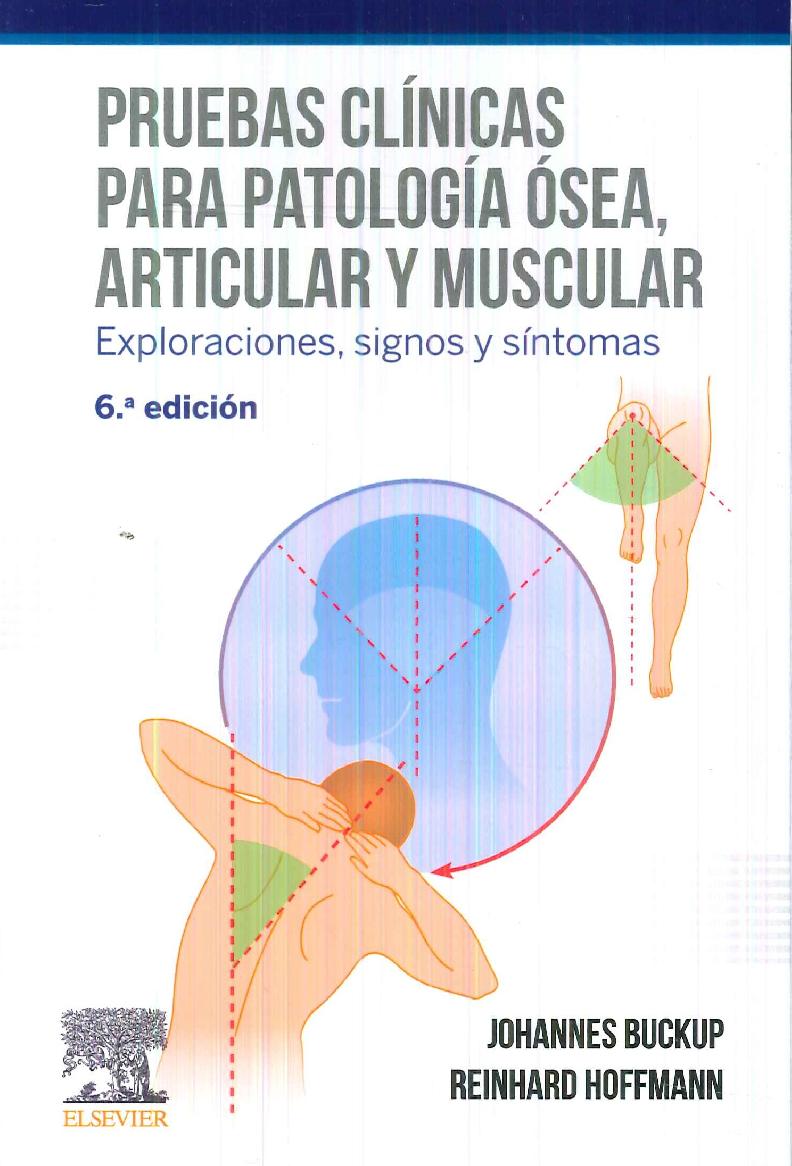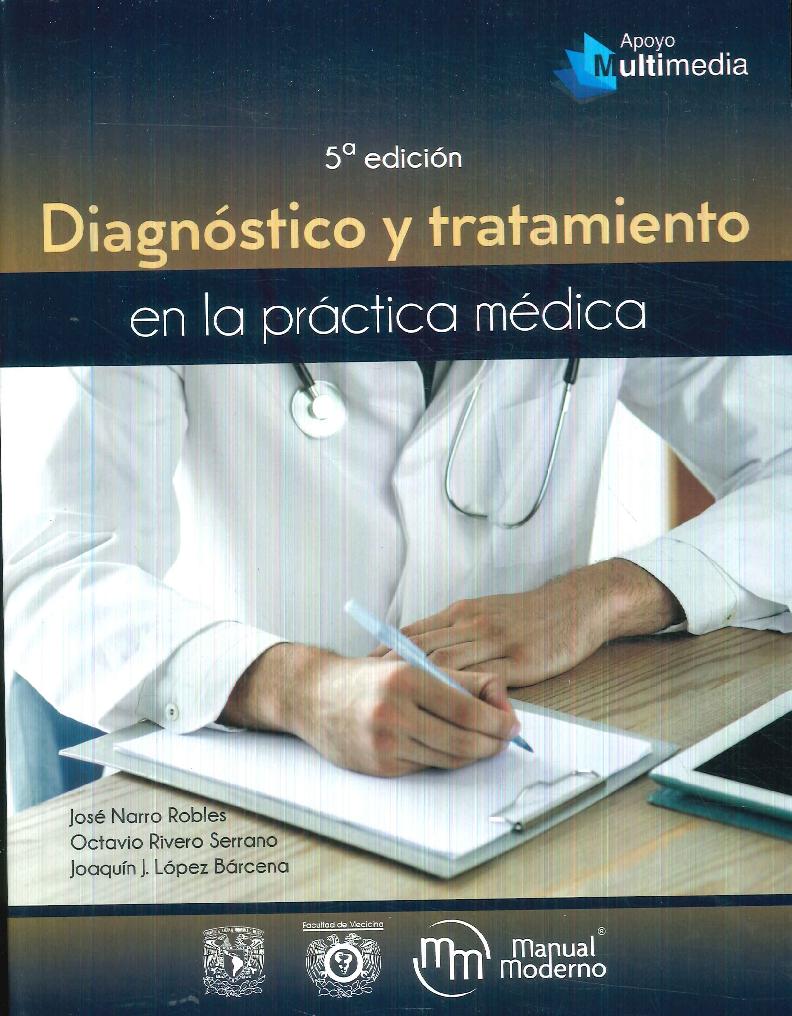Trauma Sociedad Panamericana de Trauma
Autor: Rodríguez, Ferrada
ISBN: 9789588379128
Editorial: Distribuna Editorial
Edición: 2
Páginas: 805
Formato: 28.5x22.5x4
Cant. tomos: 1
Año: 2010
Idioma: España
Origen: Colombia
Disponibilidad.:
Disponible
Gs 800.000
Incluye DVD con técnicas quirúrgicas e imagénes
Cantidad:
It is appropriate that the Pan American Trauma Association have a major textbook on trauma. Members of this association have not only cared for thousands and thousands of injured patients, but also have significantly contributed to the education of others in the discipline of trauma through formal in-hospital training programs, presentations at national meetings, and the written word. Trauma, the word and the disease, is endemic in all of our societies, regardless of our country of origin. For our Association members, the word itself immediately evokes indelible images and thoughts from our past experiences - pain, action, blood, ambulance, explosions, wrecks, interpersonal violence, natural disasters, operations, team effort, and critical care. No other single word in medicine elicits such uniform, yet broad res-ponses. The word, trauma, also unites those professionals who read this book, whether cover to cover, a single chapter, or a section of a chapter. The authors are all members of the Pan American Trauma Association. Many have held office in not only their local and in-country surgical societies, but also in the Pan American Trauma Association and other trauma organizations, such as Eastern Association for the Surgery of Trauma and the American Association for the Surgery of Trauma. The organization of this book follows the traditional flow from an overview of trauma systems, to general chapters on patient management, to specific organ injury, and finally, to complications and areas of treatment peripheral to trauma care. This is a book in Spanish, translated or written by authors fluent in Spanish, who understand the way that Hispanic surgeons think and operate. It is written for a Hispanic audience and those who appreciate the special and focused attention to detail given to a subject by the inquiring and detailed mind. It should not escape the notice of any reader that the intellectual DNA of Doctors Ricardo Ferrada and Aurelio Rodriguez is reflected at all levels of this book. They have obviously been involved in the organization, as well as participating in the writing and re-writing chapters, and editing of many of the chapters. While a great number of skilled clinicians have written and edited many of the chapters, even the casual observer would acknowledge that if it were not for the efforts of these two dedicated surgeons and founders of the Pan American Trauma Association, this book would not exist. In many ways, this book is not only a history of trauma surgery in Latin America, but also a history of the Pan American Trauma Association itself. As one reads the introduction and summary of each chapter, the many unique contributions of visionary Latin American surgeons are repeatedly revealed. Significant contributions to the twentieth century evo¬lution of surgery in general and trauma surgery, in particular, have been initiated in Latin America. Because of the Pan American Trauma Associa¬tion, these contributions have been made known to the rest of the world. One need not look any further than the Bogotá Bag to know that one of the most significant changes in surgery during the last 50 years had its origins in Latin America. The name of this damage control concept and procedure documents that the world acknowledges this as an example of the vision, courage, and leadership of the authors of the many chapters of this book. The history of trauma care is a mirror to the history of mankind. Contributions to the field of trauma, like the field of all surgery, are products of individuals. This book is a compendium of the leadership of such in-dividuals, all members of the Pan American Trauma Association. Words such as these in this book inspire future leaders. Readers of this book will seek better ways to approach age old problems in trauma. What a great legacy for these authors to leave the world. Kenneth L. Mattox, M.D. Baylor College of Medicine Houston, Texas Reconocimientos El presente texto es la culminación de un trabajo iniciado hace algunos años por un grupo de miembros del Board de la Sociedad Panamericana de Trauma. En efecto, en el año 2005 durante el XVIII Congreso realizado en Guayaquil, Ecuador, se discutieron los temas y se seleccionaron los po¬sibles autores con base en su nivel de conocimientos y expertismo demostrado en su lugar de trabajo, publicaciones y presentaciones en los eventos previos. Casi todos los autores asignados aceptaron la tarea, aunque varios no pudieron cumplir a tiempo. La recolección del material estuvo a cargo de Gloria Rincón-Choles, la incansable secretaria de la Sociedad. De no mediar su insistencia, posiblemente algunos manuscritos nunca hubiesen podido llegar. Algunos capítulos se imprimieron con muy pocas correcciones. Otros fue necesario traducirlos porque estaban en un idioma diferente. Finalmente unos cuantos contenían una especie de mezcla idiomática y fue necesario re-escribirlos. Sin embargo el trabajo silencioso pero fundamental en todo texto fue revisar los contenidos desde un punto de vista académico y ortográfico. Una parte importante de este trabajo la hizo un grupo de es-tudiantes de medicina rotantes por Trauma y Violencia del departamento de Cirugía de la Universidad del Valle, Cali, Colombia: Yaisa Valeria Díaz Cuero, Diana Carolina Murcia Rojas, Gabriel Sebastián Díaz Ramírez, David Reina Hoyos, Luis Alfonso Mejía, Mónica Bautista Ocampo, Rodrigo Ramírez Buelvas, Miryam Vásquez y Carlos A. Salgado. En particular, la ND María E Orozco y la doctora Victoria E Orozco revisaron de primera vez la mayoría del material recibido. La Sociedad Panamericana de Trauma está en deuda con todos ellos. Esta edición se acompaña de un DVD con las imágenes de los capítulos y con varios videos de técnicas en trauma elaborados por los doctores Francisco Collet e Silva, Renato Sérgio Poggetti, Newton Djin Mori y Otacilio Martins de la Universidad de Sao Paulo, Brazil. Esta parte de la edición no está cerrada ni completa. Por el contrario, está abierta a las presentaciones futuras de los cirujanos que deseen publicar materiales similares que puedan ser útiles a los colegas latinoamericanos.
No hay enlaces disponible
Libros Relacionados

